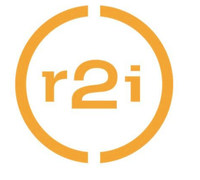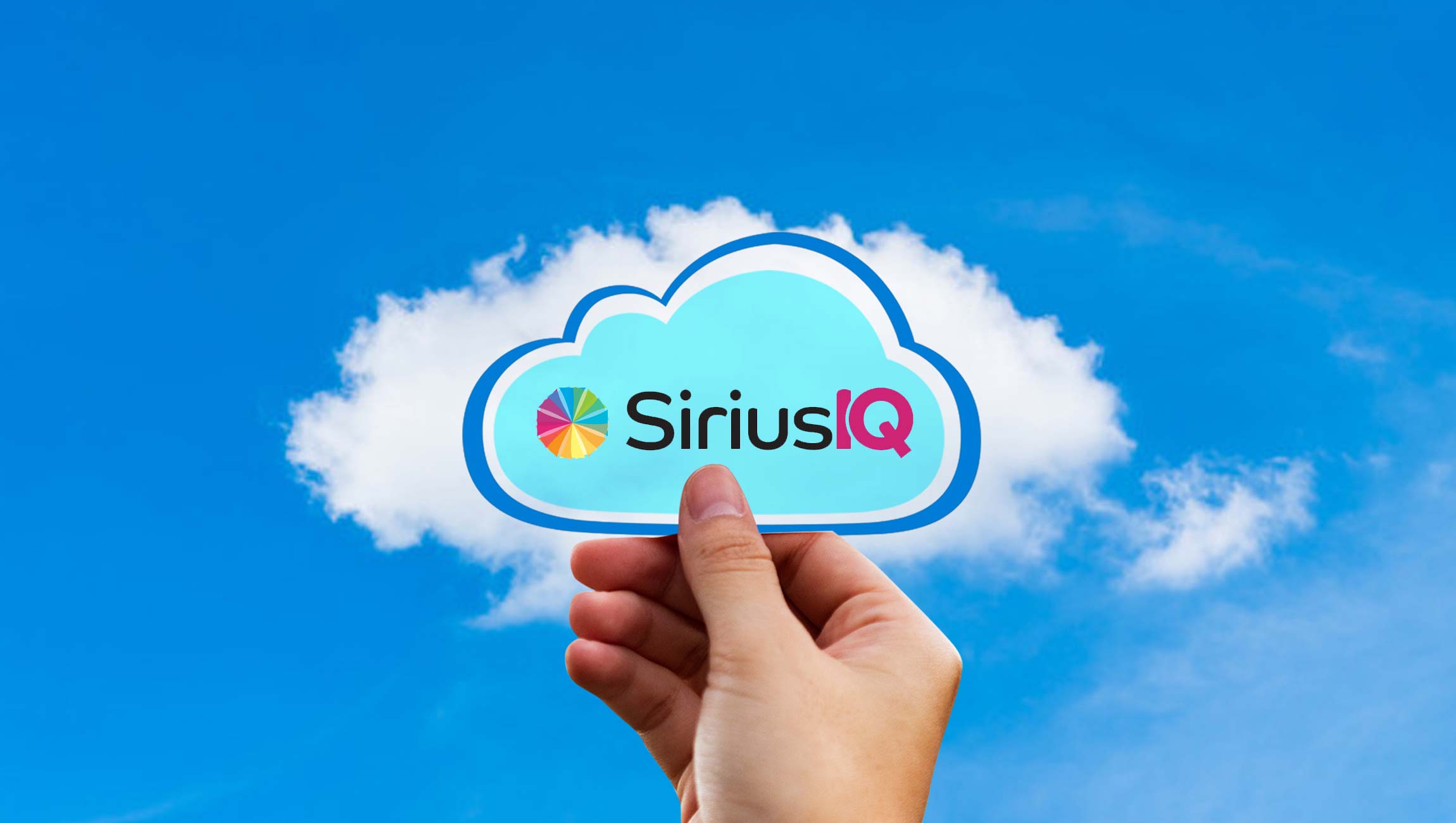Hi Rachel, tell us about your role and the team/technology you handle at R2i.
I’m the Director of Media at R2i and I manage the Media team members, leading the team and supporting media strategy, new business, and any larger businesses’ needs and initiatives. My team is made up of media planners and buyers, along with Search Engine Marketing (SEM) specialists and managers.
Together we manage all aspects of the media planning and buying process from the client kickoff to launching the campaign and reporting on the results. For example, if a reporting goal isn’t met, we’re able to use data and insights to optimize the campaign and find a unique solution that achieves the client’s goals.
What tools and technologies do you use to improvise on your media services functions?
We use two main platforms when it comes to reporting analytics – R2iQ, our multi-channel BI/Advanced Analytics tool, and Google Data Studio. Both replace the need for manual reporting. Previously, teams would spend half of the week pulling together media reports which took away time for thinking strategically and focusing on optimizations for our clients. Now, we use these platforms to track and update our clients on results quickly, which allows us the flexibility to simultaneously develop a strategy to best serve their needs.
We created R2iQ to provide clients with customized, automated dashboards to check-in on their multi-channel reporting and offer dynamic reporting with the help of AI. It’s important for us to make sure our clients are able to look into the reports any time so there are no surprises when they take a look at the monthly report. We are focused on analyzing the future state with advanced analytics in addition to seeing the current and historical performance.
Google Data Studio is another tool we lean on for reporting. It also offers automated reporting and allows us to look for optimizations. This is a more foundational and templated approach that allows us to turn around reports quickly and efficiently, but still in a visually pleasing manner.
How do you use Reporting Analytics and Communication Platforms?
We use these reporting tools to thoroughly analyze and develop the next steps for each campaign to fulfill the needs of our clients and also for our team at R2i. Reporting is more than looking at metrics; it gives us powerful information that we use to create a roadmap of tactics based on the individual needs of our clients.
In the past, marketers experienced fatigue from pulling together manual reports. Now, we’re able to look at these reports with fresh eyes and it frees us up to be strategic. It’s important to remember that the metrics that we find in our reporting are helpful, but the onus is on the marketers to take these numbers and turn them into actions.
What are your predictions for “Reporting Analytics” for 2020-2024? How do you prepare yourself and your Marketing team for these events?
Marketing reporting has undergone massive changes over the last few years and it’ll only continue to keep evolving. One trend to note is that automation is key. As far as reporting goes, if it doesn’t have automated capabilities then it’s not going to be as successful as we continue to evolve as marketers. Automation takes the tedious task of building reports off of the marketers so they can focus on what they do best – create strategic campaigns and recommendations.
Also, technology that gives customers a live look at what’s happening is going to be a lot more common. Customers and stakeholders want to know the success and pain points of Marketing campaigns so it’s important that they’re in the loop on the performance of the campaigns.
Being able to interact with reports allows marketers to stay nimble and it is also going to be important over the next few years. People can review the campaign performance by filters like channels or tactics. Based on what we see in the report, we can make the necessary adjustments.
Personalization is also going to play a big role in the future of reporting analytics. A variety of different stakeholders are going to review the reports and the reports need to be tailored to the stakeholders’ needs. Reporting isn’t one-size-fits-all; it’s dynamic and should speak to the concerns of the different people reviewing the information.
For example, a Marketing Manager and a member of the Executive team won’t be looking for the same takeaways in a report, so the report needs to make sense to the right people.
Finally, marketers need to stay prepared by learning about the new opportunities from analytics providers, as well as what competitors are doing to be agile. Often, we hear from our clients that their previous agencies still created manual reporters or that the lack of reporting was a major pain point in the relationship.
Reporting capabilities are a major concern of clients and marketers need to make transparent, automatic reporting for clients. That’s why it’s essential to constantly learn and find new ways to provide dynamic reporting. Marketers must also ensure that clients aren’t surprised by the reporting results and everyone should always be in tune with the campaign’s performance and any concerns or achievements.
With laws like CCPA and GDPR impacting customer analytics and media support across online channels, what solution do you propose to overcome these challenges?
From a media perspective, the only time we run into these issues is, if we’re running a campaign with direct download or receiving a lead. The solution there is that we don’t touch those. Instead, we use tools that send leads automatically to your MA or Salesforce so that we comply with all the regulations.
There are also tools like Integrate for content syndication. Vendors directly upload leads and confirm they match your target list. We make use of these types of tools and platforms to conform to guidelines and we’re not touching leads in any manual way.
Regarding CCPA and GDPR, it is a balance of the users’ expectation of personalization, but also ensuring their privacy. Gaining the trust of a user by transparency is important, so they are more likely to allow them to be tracked and not ask that their data be erased. There are also many targeting tactics outside of cookie-based targeting that can be leveraged.
Media publishers (including Adobe and Google) now have solutions that do not involve utilizing cookies for targeting users. “Over 60% of marketers believe they will no longer need to rely on tracking cookies, a 20-year-old desktop-based technology, for the majority of their Digital Marketing within the next two years,” according to data from Viant Technology, an Advertising Cloud. While Chrome’s updates also include fingerprinting, publishers are working toward first-party data so IP targeting and other fingerprinting methods is no longer needed.
We’re seeing a rampant adoption of AI, Blockchain, and RPA in the media and communications businesses. What approach do you take in digitally transforming your product development and technology innovation functions with AI ML and RPA techniques? Have they borne you satisfactory results?
When it comes digitally transforming reporting, marketers must lean into new opportunities as they present themselves. AI, for example, isn’t going anywhere. That’s why we leverage Advanced Analytics, AI and data blending in our R2iQ platform to look at a campaign holistically and use the data to help drive our decision-making.
Keep in mind your customer’s pain points and goals when determining which technology you plan on using. Each industry is different and that’s why you need to research all the resources available to help shape successful campaigns.
Always be sure to stay on top of emerging trends and how they can be applied to your reporting. The industry is ever-changing, and marketers have to embrace it by applying new reporting and tools and techniques and also evaluate how they’re currently using their tools.
How do you prepare for an AI-centric world as a media professional?
As I’ve mentioned before, marketers must lean into the benefits of using AI in the future by staying educated on new ways to leverage it. Stay up-to-date with new resources technology providers are putting out through blogs, webinars, and conferences so you can learn how to optimize these data-driven tools.
For example, once Google Data Studio came out, our team dove into learning about the platform and determining if it can provide strong results for our customers – and it’s still a tool we use today. If marketers understand all the tools and capabilities offered to them, they’ll make the most of their media efforts.
Marketers should also monitor how competitors are using AI. Learn from the types of reports competitors use and analyze how you can update yours to stay on top of reporting trends.
The sooner marketers embrace the benefits of AI on their media reporting and buying, the sooner it’ll make an impact on the results they drive for customers.
Tag a person here whose answers you would like to read –
Jonathan Allocca, Associate Director at Carat.
As the Director Media Planner/Buyer, Rachel oversees the development, management, and optimization of media strategies and campaigns for R2i’s largest accounts across multiple industries such as tech, healthcare, and finance. She loves keeping up with industry trends as well as finding new and innovative ideas for media campaigns. Her free time is spent going on hikes with her cockapoo, watching everything on Bravo, and practicing Yoga.
R2i is a full-service digital marketing agency with offices in Baltimore, Seattle, and Silicon Valley that creates digital solutions that connect and accelerate customer experiences to drive measurable impact for the clients we serve. Our core capabilities across strategy and insights, marketing technology, experience design, media, and digital marketing are designed to advance customer engagements and deliver unsurpassed results. For over a decade we have worked with dynamic brands to deploy best-in-class marketing technology solutions to support an integrated approach to managing the customer journey. R2i serves high tech, healthcare, industrial/manufacturing, professional services, higher education/non-profit, and consumer clients including CloudBlue, Pentair, MyEyeDr, Hershey, Senseonics, TEKSystems, OpSec, Qunnipiac, and Atlantic Health System.












